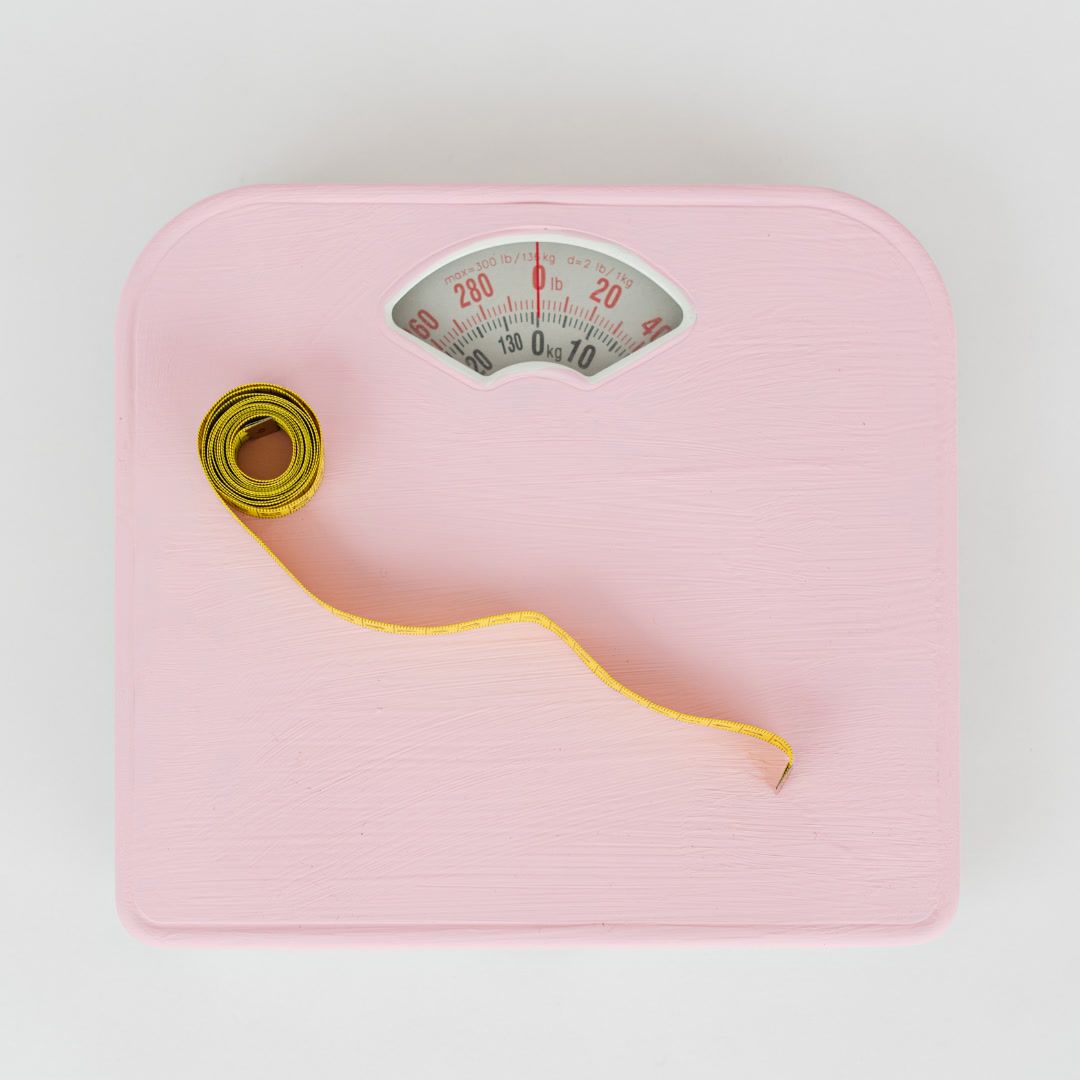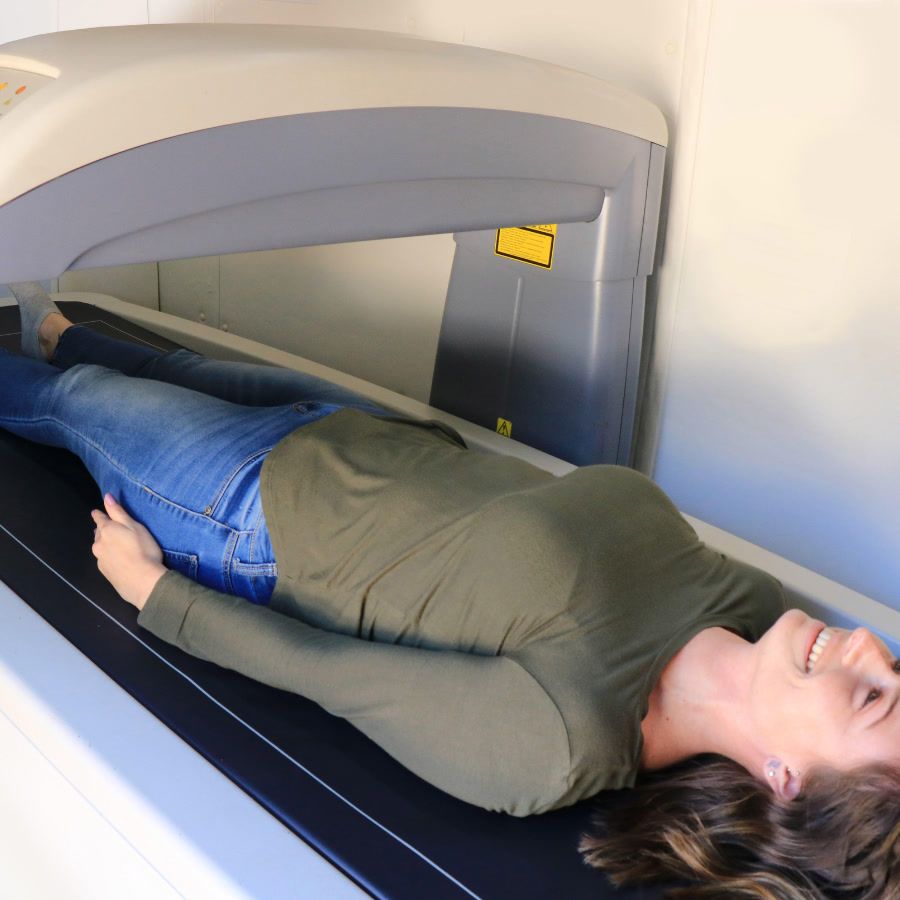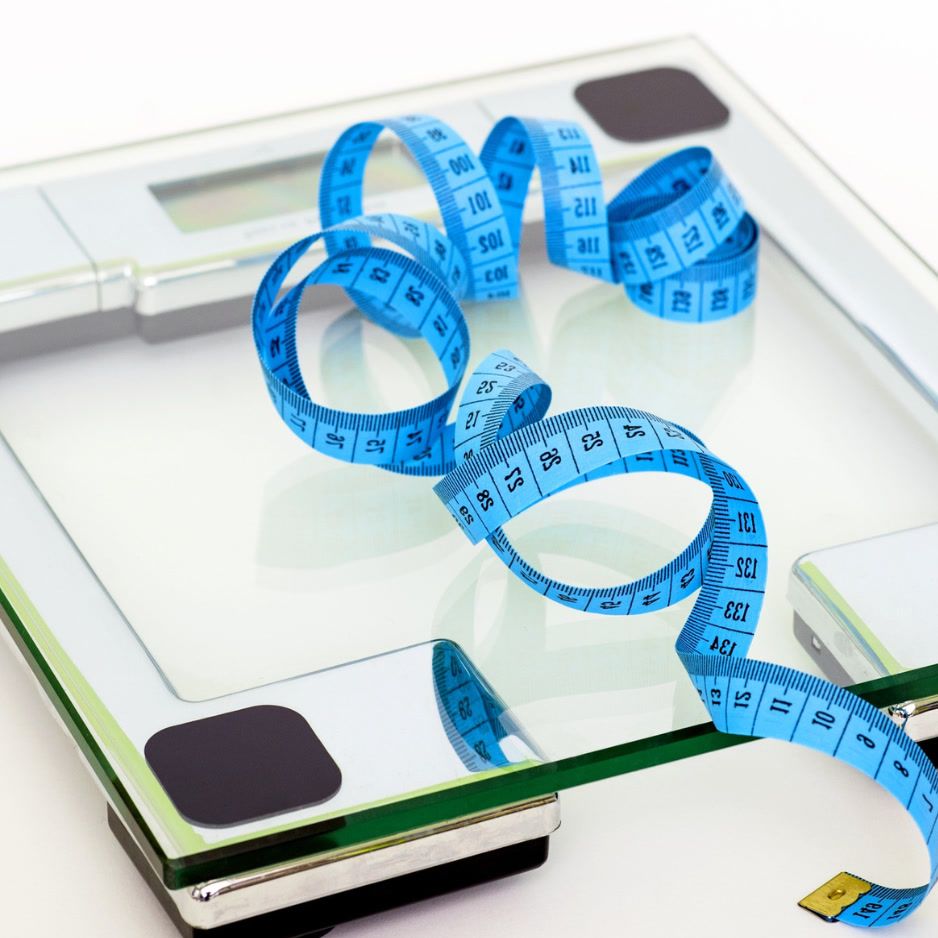How Many Calories Do You Burn Cycling?
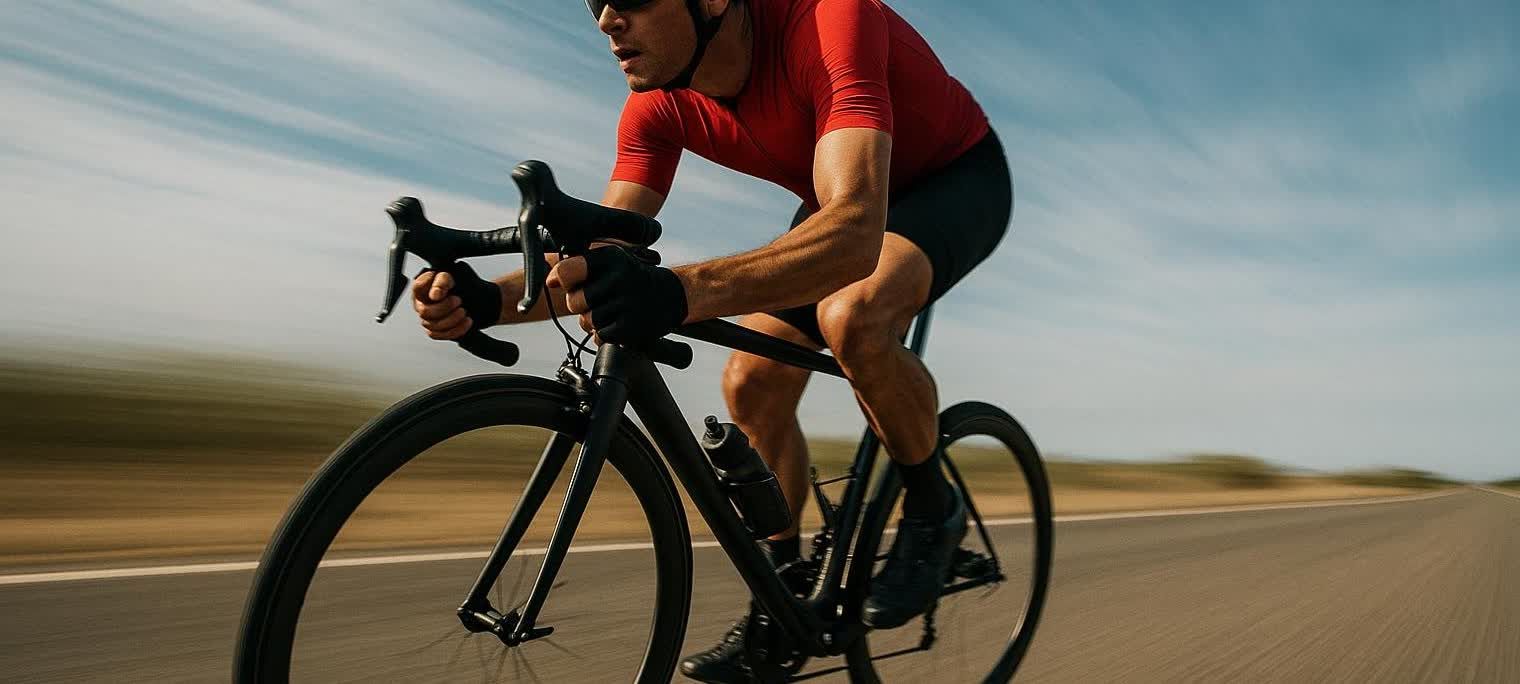
How Many Calories Do You Burn Cycling? (Formula, MET Table & Pro Tips)
The number of calories you burn cycling—or biking—depends on your body weight, ride intensity, and terrain. This guide shows you how to estimate energy expenditure with a simple, science-backed formula, whether you’re spinning indoors, commuting, or hammering hill repeats.
🏁 Fast answer: Calories burned = MET (exercise intensity) × body weight (kg) × time (hours).
Example: A 154-lb rider biking at ~15 mph (10 METs) for one hour burns about 700 kcal.
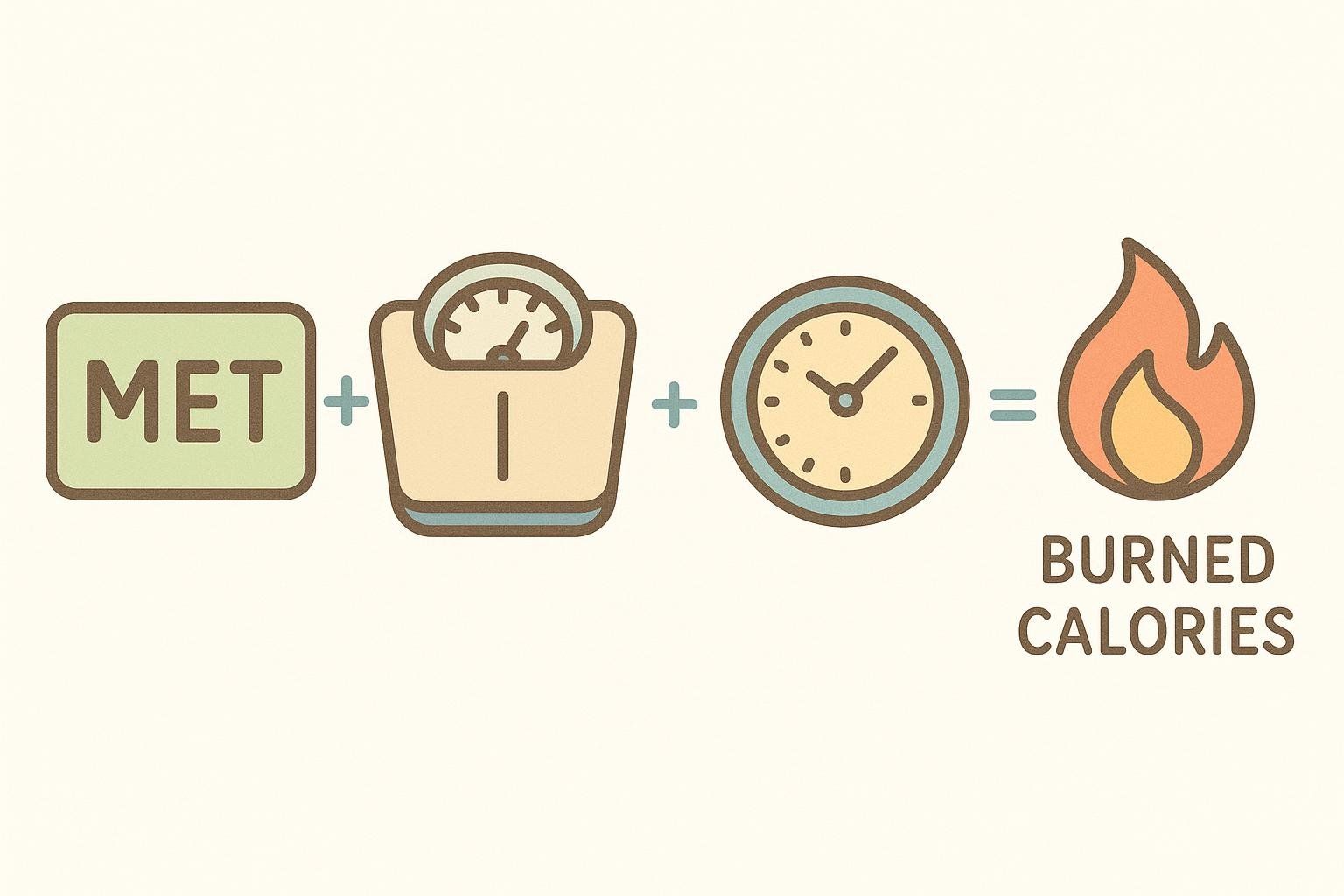
Why Accurate Calorie Tracking Matters
- Improve weight management: Hitting accurate numbers helps you create the energy deficit needed for fat loss; miscalculations can stall progress.
- Fueling & recovery: Knowing energy cost helps you match carb intake to glycogen needs, preventing "the bonk" (a sudden crash in energy from depleted glycogen) and supporting muscle repair.
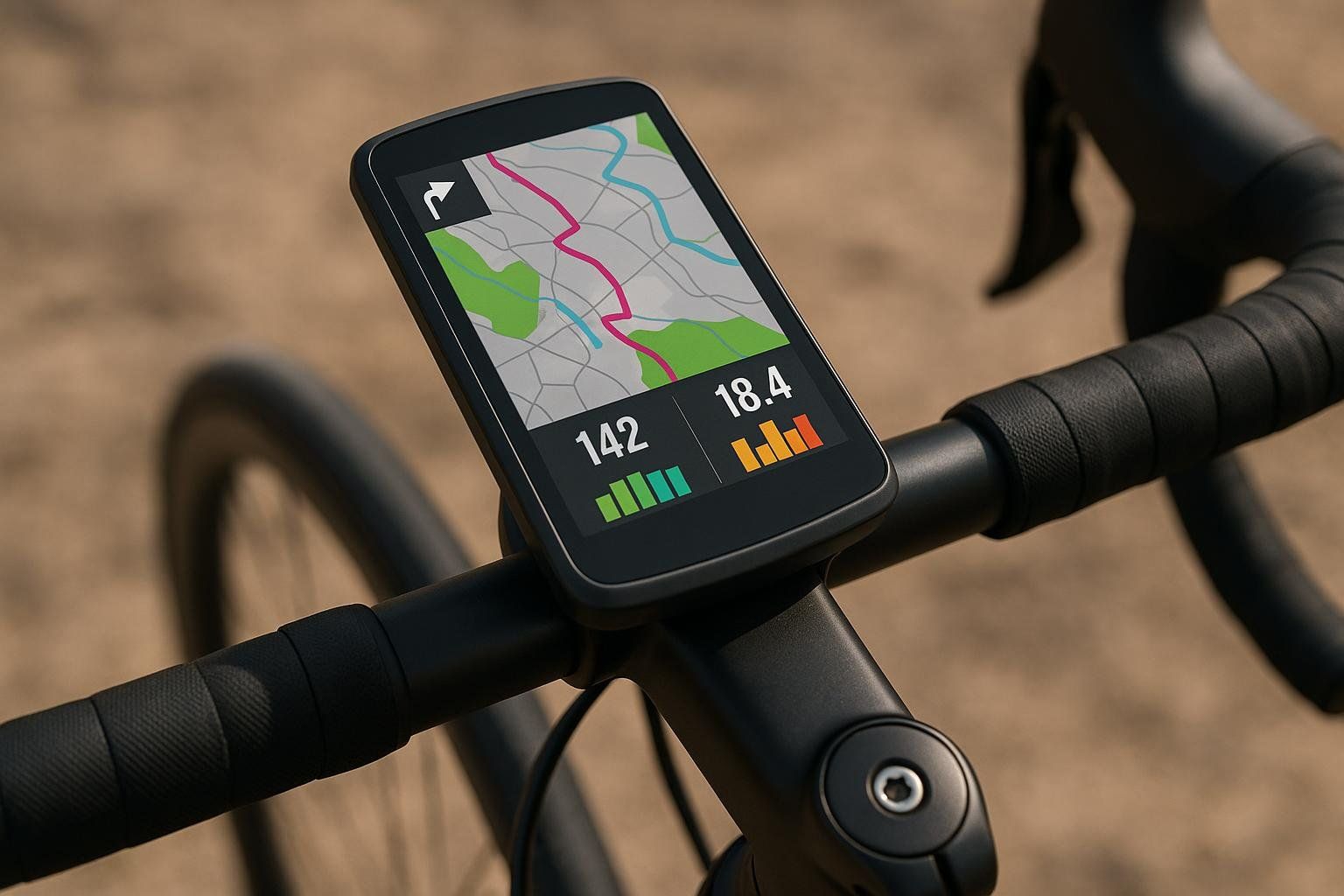
The Simple Cycling Calorie Formula
-
Find the MET for your speed/intensity (see table below).
-
Convert body weight to kilograms (lbs ÷ 2.2).
-
Convert ride time to hours (minutes ÷ 60).
-
Plug into:
Calories = MET × weight (kg) × time (hr)
Example:
MET = 10 (≈ 15 mph outdoor)
Weight = 165 lb → 75 kg
Time = 1.0 hr
Calories = 10 × 75 × 1 = 750 kcal (Ainsworth et al., 2011).
What Exactly Is a MET?
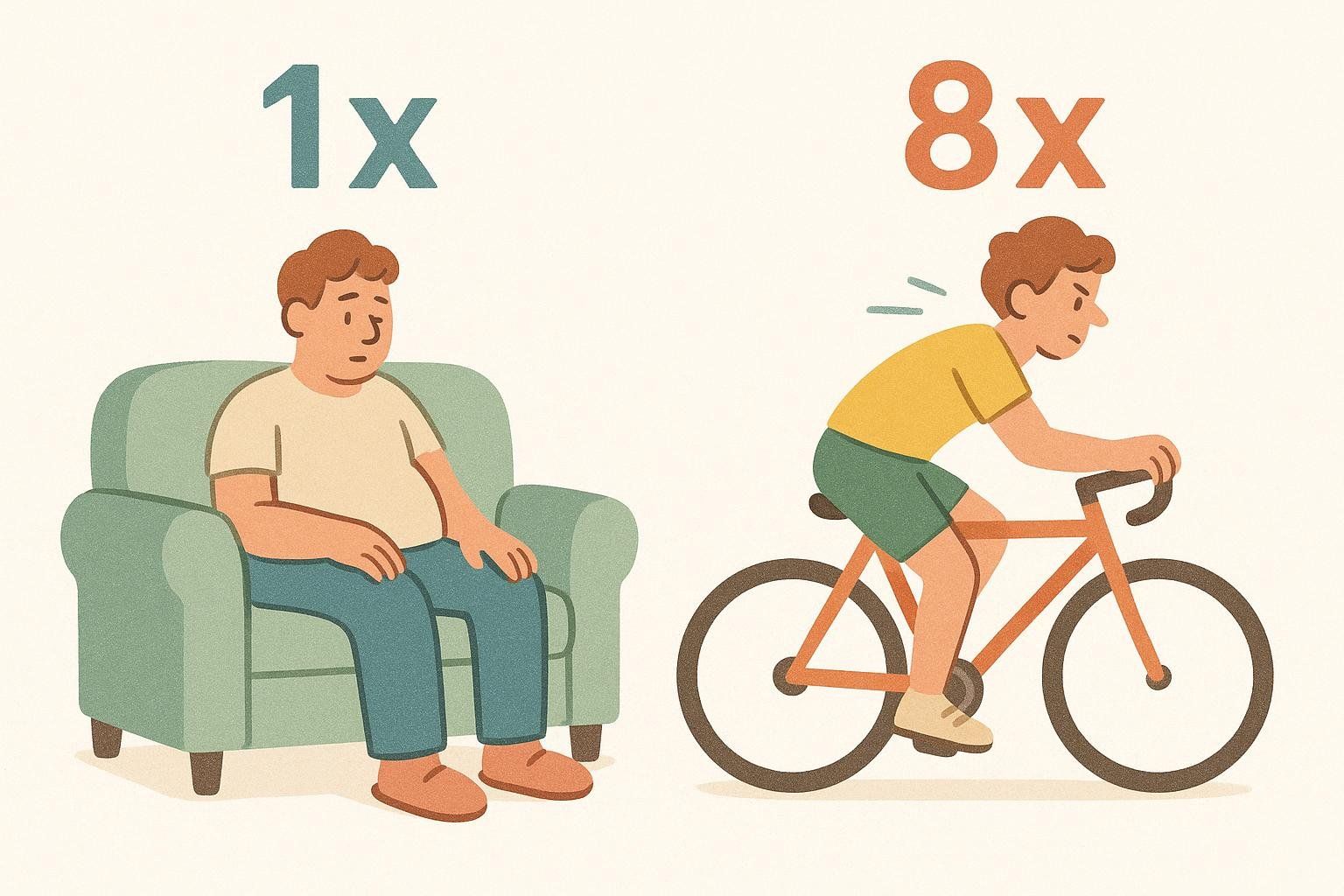
A Metabolic Equivalent of Task (MET) represents the oxygen cost of an activity relative to rest. 1 MET equals resting metabolism (~3.5 ml O₂/kg/min). If an effort is 8 METs, you’re working eight times harder than sitting on the couch.
MET Values for Common Cycling Speeds
| Speed / Effort | Typical Scenario | MET | Calories / Hr |
|---|---|---|---|
| <10 mph (leisure) | Casual commute, flat | 4.0 | 280 |
| 10–11.9 mph | City riding, light effort | 6.0 | 420 |
| 12–13.9 mph | Endurance zone | 8.0 | 560 |
| 14–15.9 mph | Tempo ride | 10.0 | 700 |
| 16–19 mph | Fast group ride | 12.0 | 840 |
| 20+ mph | Race pace | 16.0 | 1,120 |
Calories/hour assumes a 70 kg (154 lb) rider. Data: Compendium of Physical Activities (Ainsworth et al., 2011).
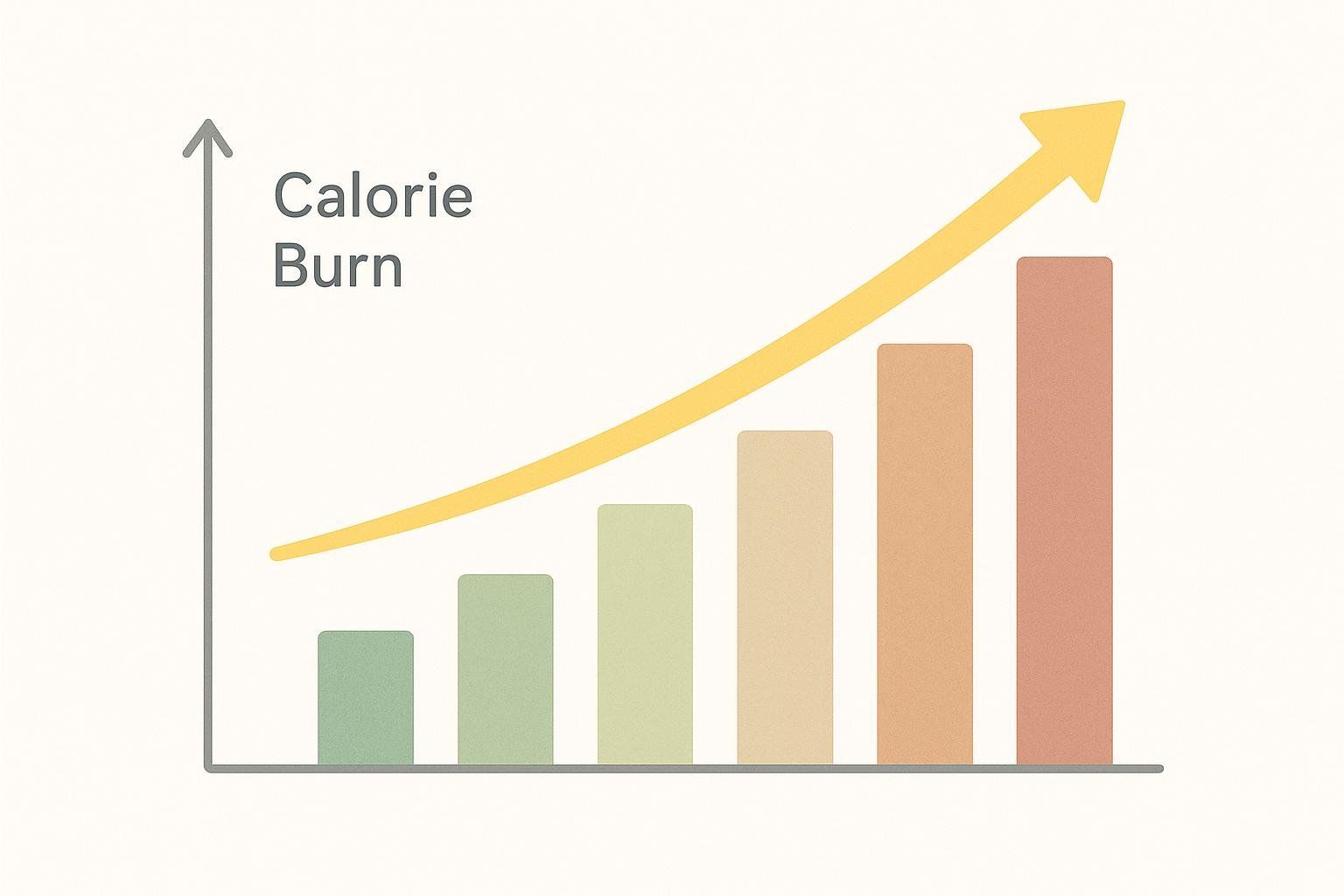
Step-by-Step Example: 40-Minute, 15 mph Ride
- Determine MET: 15 mph ≈ 10 METs
- Weight: 140 lb → 64 kg
- Time: 40 min → 0.67 hr
- Calories: 10 × 64 × 0.67 ≈ 430 kcal
6 Factors That Influence Your Calorie Burn
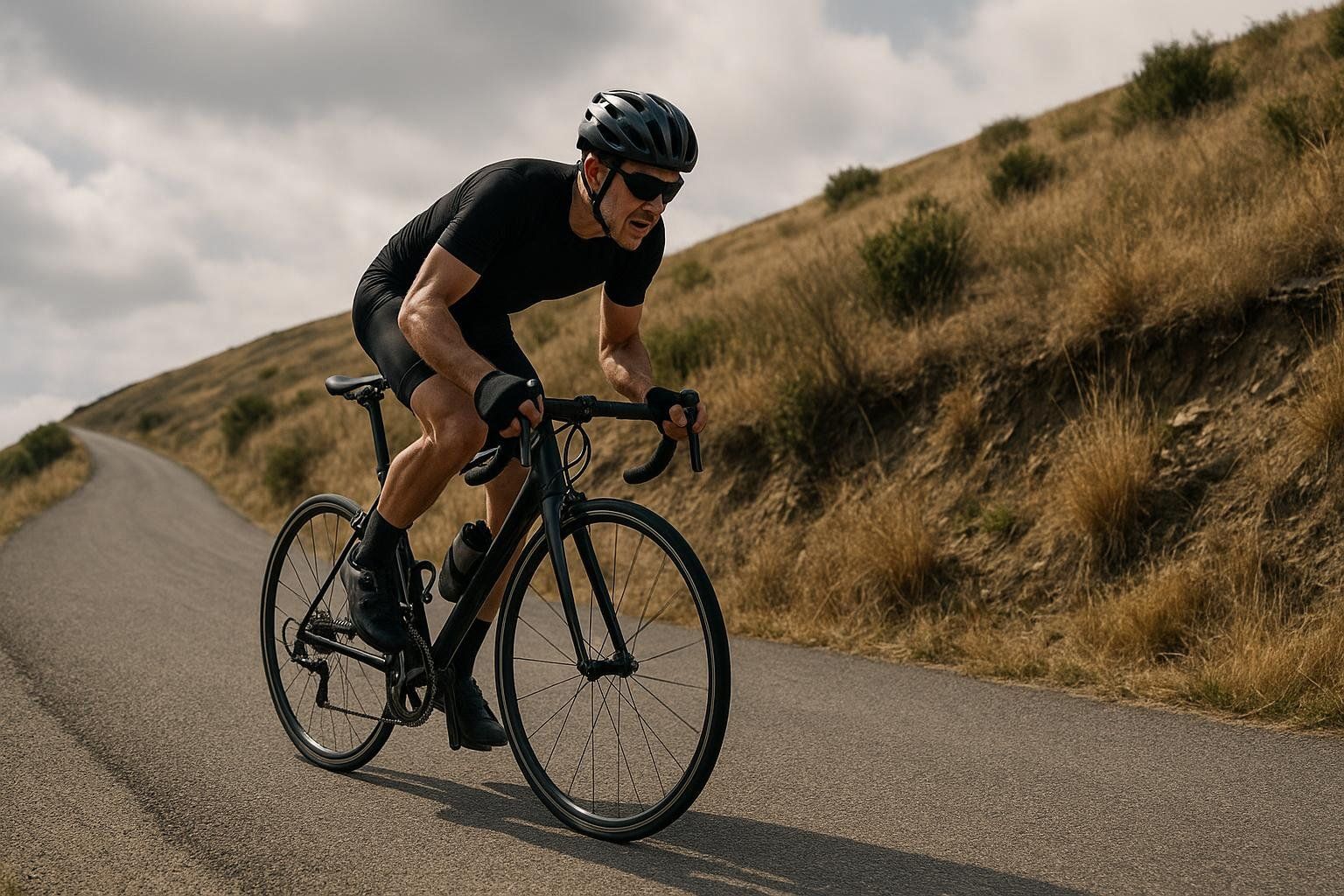
- Body Weight: Heavier riders expend more energy at the same speed.
- Incline & Terrain: Climbing 5 % grades can double METs compared with flats.
- Aerodynamics: Drafting in a paceline can cut required power—and calorie burn—by up to 30 % (Kyle, 1979).
- Environmental Conditions: Headwinds and cold temps elevate metabolic cost.
- Bike Type & Rolling Resistance: Knobby tires on a fat bike take more watts than slicks on a road bike.
- Indoor vs. Outdoor: Trainer resistance curves—and no coasting—often raise average power.
Power Meter Shortcut
Work (kJ) = Average Watts × Time (hrs) × 3.6
The value you get is mechanical work in kilojoules. Because human gross metabolic efficiency during cycling averages about 24 %, each kilojoule of work corresponds closely to one kilocalorie burned. That makes power data one of the most accurate, lab-free ways to estimate energy expenditure.
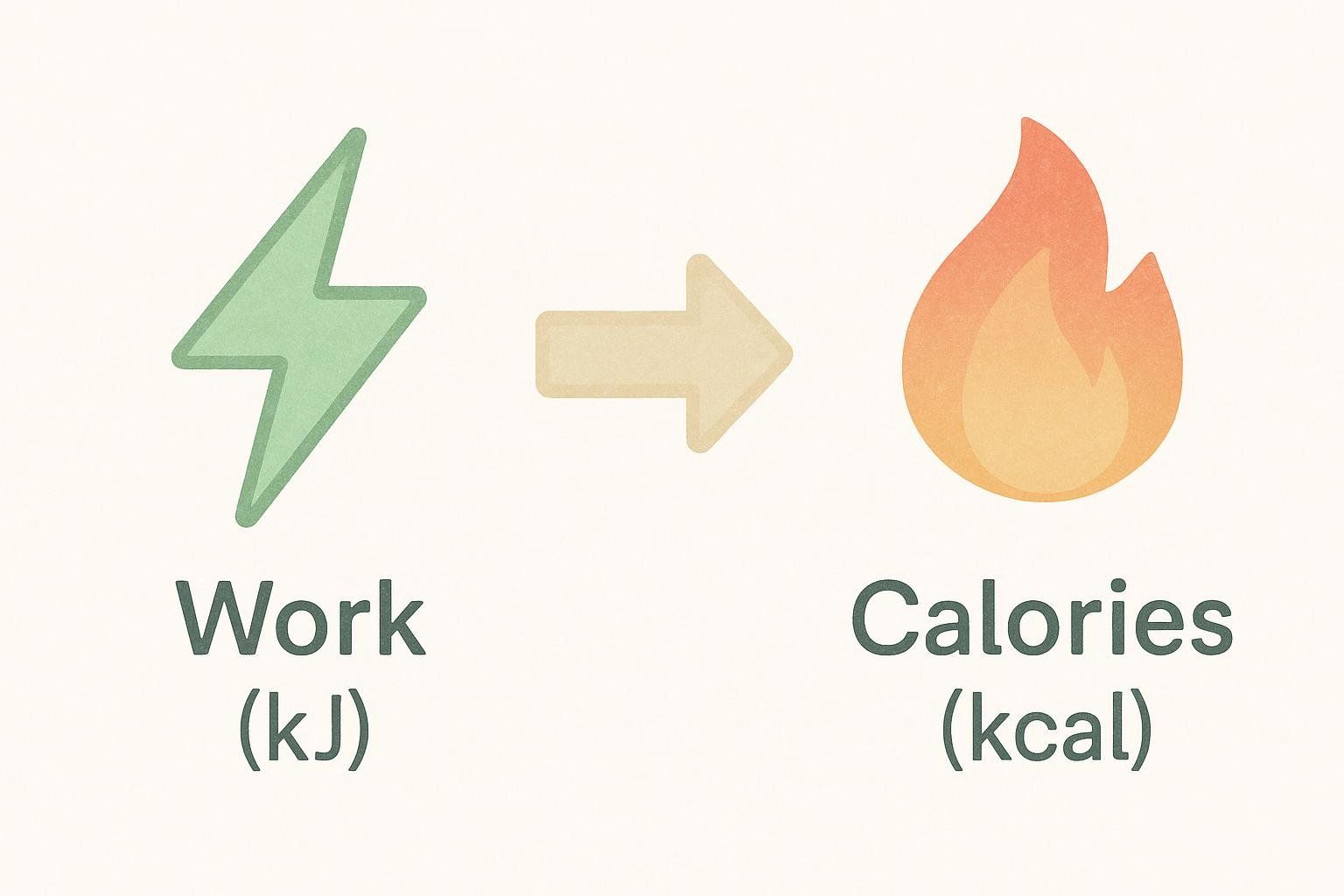
Indoor vs. Outdoor: Same Effort, Different Numbers?
Riding inside on a smart trainer and cruising outside at the same speed can feel—and metabolically be—very different. Here’s why:
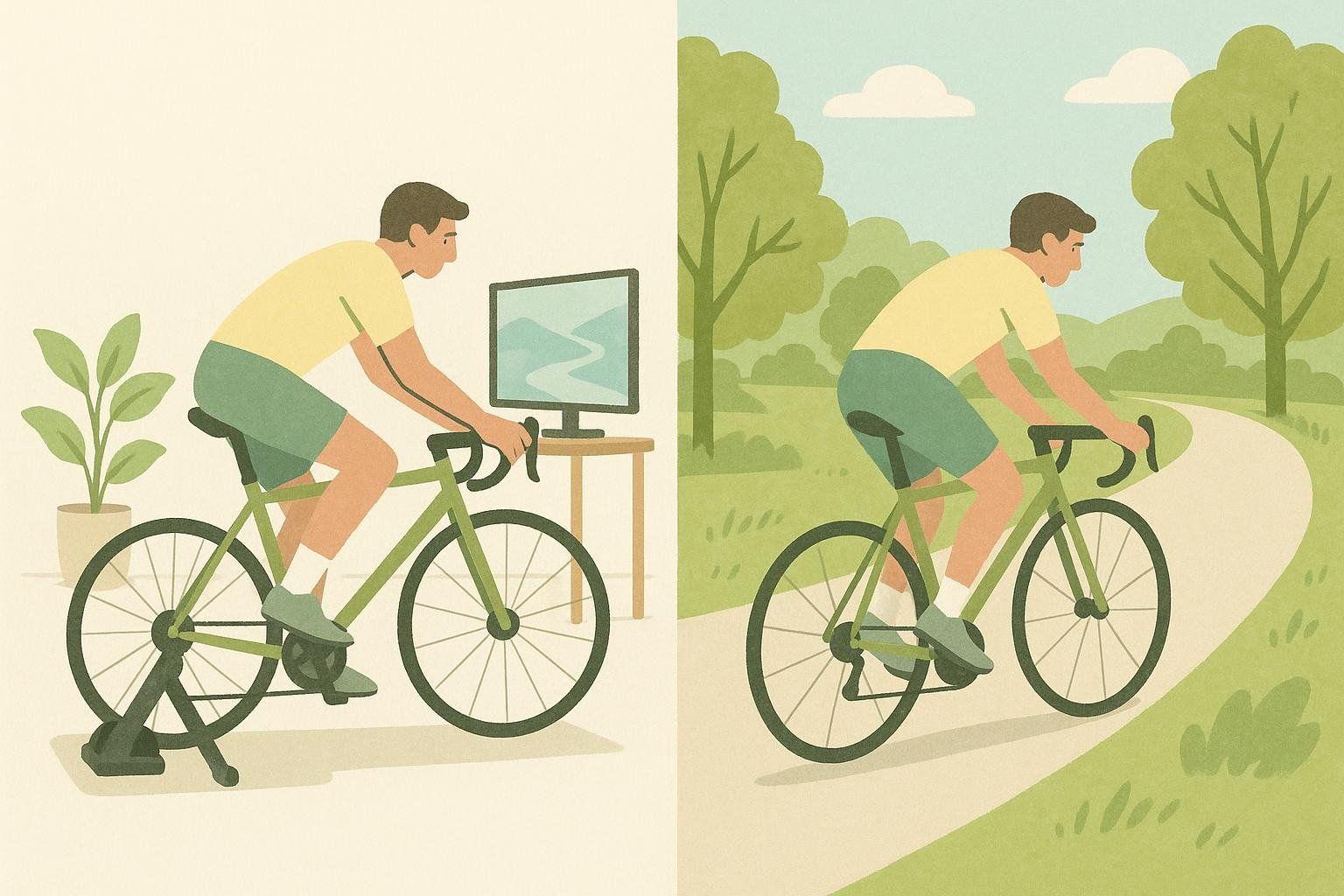
| Factor | Indoor Trainer | Outdoor Ride |
|---|---|---|
| Wind resistance | None | Present |
| Pedaling | Constant | Intermittent (coasting) |
| Surface & rolling | Fixed curve | Variable pavement |
| Heat buildup | High | Low |
Because trainers eliminate coasting, riders usually hold a higher average power indoors, which boosts total calorie expenditure for the same session length. This means it’s important to match your nutrition strategy to the true workload, not just the time on the clock.
Using Calorie Data to Improve Body Composition
- Fuel strategically: Align your carb and protein intake with training demands by learning how to track your macros.
- Verify your progress: Quarterly BodySpec DEXA scans measure changes in your fat and muscle mass, showing you the true results of your training and nutrition plan.
- Plan your phases: Alternate fat-loss blocks with maintenance periods so power and recovery stay on track.
Frequently Asked Questions
All estimates below assume a 154-lb (70 kg) rider unless specified otherwise.
- How many calories do you burn in 30 minutes of cycling?
Moderate 12–13 mph pace (8 METs) ≈ 280 kcal. - How many calories are burned in 25 minutes of cycling?
Vigorous 15 mph pace (10 METs) ≈ 290 kcal. - How many calories does a 20-mile bike ride burn?
20 miles at 15 mph (~1.33 hr, 10 METs) ≈ 930 kcal. - How many calories does a 1-hour moderate bike ride burn?
12–13 mph (8 METs) ≈ 560 kcal. - How long do I need to cycle to burn 1,000 calories?
Ride ~16 mph (12 METs) for ≈ 71 minutes. - Does biking burn belly fat?
You can’t spot-reduce, but cycling is a form of aerobic exercise that creates a calorie deficit and improves insulin sensitivity—both shown to reduce visceral fat. Adding high-intensity intervals, common in cycling workouts, further boosts metabolic rate and accelerates abdominal fat loss (Boutcher, 2011). - Is cycling or running better for burning calories?
Both can burn similar calories at comparable intensities (e.g., cycling 15 mph vs. running 6 mph). Choose the activity you’ll do consistently and safely.
Key Takeaways
- Use MET × weight × time for a reliable estimate.
- Speed, incline, and body weight are the biggest drivers of burn.
- Power meters offer a near-lab-grade estimate of energy expenditure.
- Pair calorie tracking with DEXA scans and dialed-in macros for measurable progress.
Ready to see how your rides reshape your body? Book a BodySpec scan today and pedal toward data-driven results.
